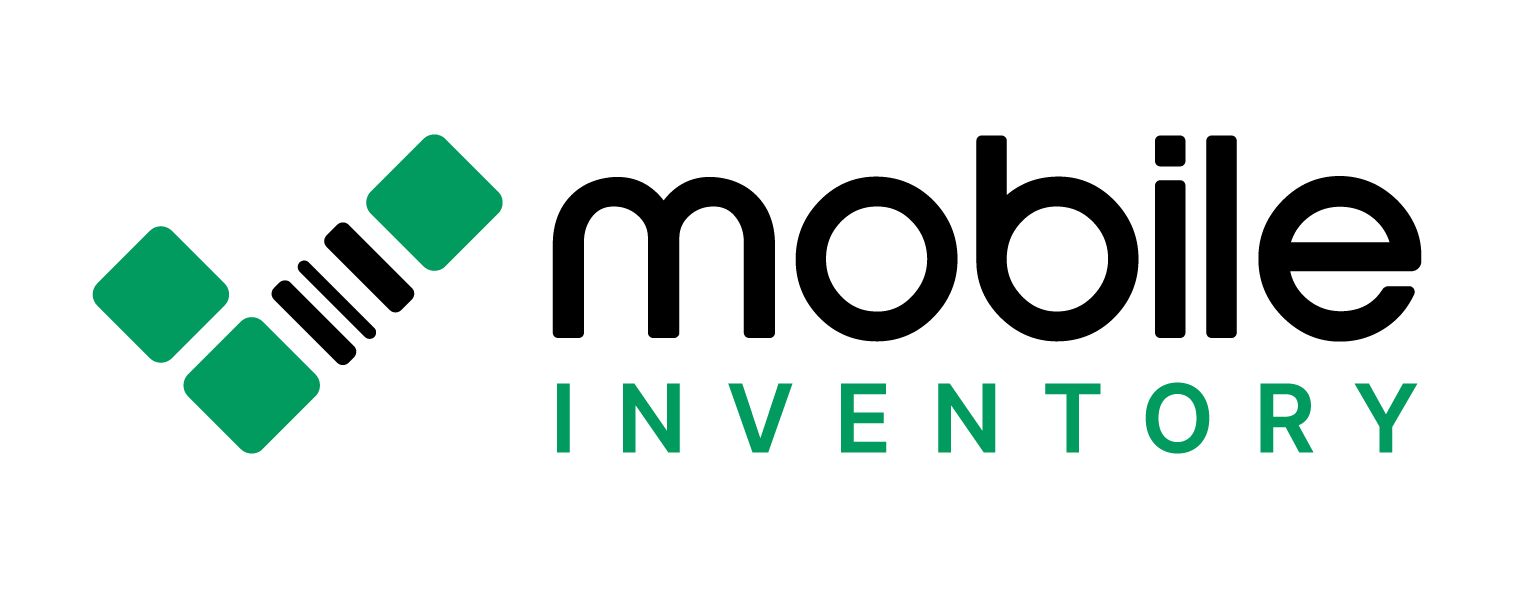In today’s fast-paced warehouses and store aisles, many businesses are trading in their clunky single-purpose scanners for sleek smartphones. It’s not just a fad – the global market for smart, mobile supply chain solutions was valued at over $47 billion in 2024 and is projected to exceed $102 billion by 2031. From retail giants equipping staff with mobile apps to small businesses using phones to track stock, smartphones are proving to be cost-effective and capable replacements for dedicated inventory management devices.
Cost-Effectiveness
Lower device costs. Specialized inventory scanners and rugged handhelds can cost a fortune – often thousands of dollars each. In contrast, a modern smartphone can be purchased for a fraction of that price. For example, dedicated industrial-grade barcode scanners easily run over $800 per unit, whereas a mid-range smartphone might cost around $300 or less. For a business equipping dozens or hundreds of employees, those savings add up quickly.
Reduced total cost of ownership. Smartphones also carry lower ongoing costs. There’s no need to maintain a separate fleet of single-use devices when you can leverage hardware that employees may already own or is inexpensive to replace. Embracing a “bring your own device” (BYOD) policy can virtually eliminate hardware purchase costs and lighten IT overhead. Unlike proprietary scanners that may require special servicing, smartphones benefit from a huge ecosystem of affordable repair options and accessories. Software and security updates are handled automatically by manufacturers, further reducing maintenance efforts. Overall, the cost equation often tilts strongly in favor of smartphones once you consider both upfront and long-term expenses.
Versatility
Dedicated inventory devices typically do one thing well (like scanning barcodes) but not much else. Smartphones, on the other hand, are multitasking powerhouses. A single smartphone can run countless apps and serve multiple roles throughout the workday. Employees can use the same device to scan inventory, communicate with coworkers (via calls, texts, or team apps), check email, take photos of damaged goods, and even access corporate systems. Modern inventory apps often incorporate advanced features that dedicated scanners can’t touch – such as augmented reality overlays to highlight products or guide workers, on-device analytics, GPS for location tagging, and seamless integration with cloud databases.
This multifunctionality makes smartphones incredibly adaptable. New capabilities can be added just by installing apps or software updates, rather than having to buy new hardware. As one tech industry article noted, today’s smartphone cameras paired with sophisticated scanning software can now match or exceed the performance of purpose-built scanners. They deliver enterprise-grade scanning accuracy and even support tasks like high-quality document capture – all in one device. In short, smartphones combine many tools in one pocket-sized package, offering far more versatility than single-purpose scanners.

Mobility
Because smartphones are lightweight and truly portable, they enable greater mobility in inventory management. Workers can carry their phone in a pocket or holster and have it ready wherever they go – whether on the shop floor, in a large warehouse, or out in the field at a job site. This is a huge advantage over older inventory devices that might be bulky or confined to certain areas. With smartphones, there’s no need to return to a fixed terminal or find a special scanner gun; employees can scan barcodes and update stock levels on the spot, wherever the work takes them.
Real-world examples. Retailers are leveraging this mobility to improve efficiency and customer service. For instance, Walmart recently rolled out a custom smartphone program for staff, providing over 740,000 employees with Samsung smartphones loaded with a workplace app. With these devices, Walmart associates can manage inventory, check prices, and restock shelves while walking the sales floor, without having to lug around a separate scanner or return to a back office computer. In warehouse scenarios, a smartphone (often with a durable case or attachable grip) lets workers jump from task to task – one minute scanning incoming pallets, the next responding to a supervisor’s message or photographing a shipment – all without swapping devices. The ability to use the same inventory app anywhere – in storage rooms, on delivery trucks, or at remote sites – means inventory data gets recorded promptly and accurately, not “later when back at a desk.” This on-the-go flexibility can significantly boost productivity.
Connectivity
Staying connected is critical for effective inventory management. Smartphones excel here with built-in Wi-Fi, cellular data, Bluetooth, and GPS, ensuring that they can transmit data in real time. Most dedicated inventory devices have limited connectivity (often just Wi-Fi or a proprietary radio); in contrast, a smartphone can sync with cloud services from virtually anywhere. As a result, inventory updates happen instantly. The moment an item is scanned or a count is adjusted on a smartphone, that information can be uploaded to a central cloud database and reflected across the system. Managers at headquarters can see stock levels change in real time, and teammates across different locations all stay on the same page.
This real-time inventory tracking improves decision-making and reduces delays. For example, if a field technician uses a smartphone to record using a spare part, the main office inventory is updated immediately, potentially triggering an automatic reorder before supplies run out. Smartphones also easily connect to peripherals and IoT devices – from wireless barcode printers to RFID readers – expanding their capabilities in inventory workflows. And unlike some older scanners that might require docking stations to batch-upload data, smartphones continuously sync over the air. The connectivity of smartphones supports a truly modern, cloud-based inventory system where everyone has the latest information at their fingertips.
User-Friendliness
One often overlooked advantage of smartphones is how familiar and intuitive they are for users. Today’s employees are generally comfortable with smartphones – they use them in daily life, so there’s little intimidation when using them at work. Dedicated inventory devices often run old interfaces or clunky menus that require training. In contrast, a well-designed mobile inventory app on Android or iOS will feel familiar, with touch navigation, search functions, and maybe even voice commands or a help chatbot.
This ease of use can significantly shorten training time and reduce errors. According to industry experts, employees already versed in smartphones can pick up mobile scanning apps quickly, which boosts confidence and productivity. There’s less need for lengthy training sessions on how to use the hardware. A new hire might need hours (or days) to learn a legacy scanner device, but give them a smartphone app with an interface similar to popular consumer apps and they can often start performing basic inventory tasks in minutes. Furthermore, because smartphones are general-purpose, workers are empowered to do more without needing special technical skills – the device guides them with on-screen prompts, and they’re not afraid to explore features. All of this means fewer mistakes in inventory counts and adjustments, and a more efficient workforce overall.
In summary, smartphones offer a winning combination of affordability, flexibility, and ease that dedicated inventory gadgets simply can’t match. They are cost-effective to deploy at scale, serve multiple functions beyond just scanning, travel with your team anywhere work needs to be done, stay seamlessly connected to cloud systems, and are easy for employees to learn. While purpose-built barcode scanners still have their place for extremely high-volume scanning or rugged environments, their role is evolving as smartphone solutions expand in capability. For most businesses, especially those aiming to modernize and stay agile, the smartphone is becoming the inventory management tool of choice. Adopting smartphones for inventory tasks can lead to real-time visibility into stock, more informed decision-making, and ultimately a more efficient and responsive supply chain.
